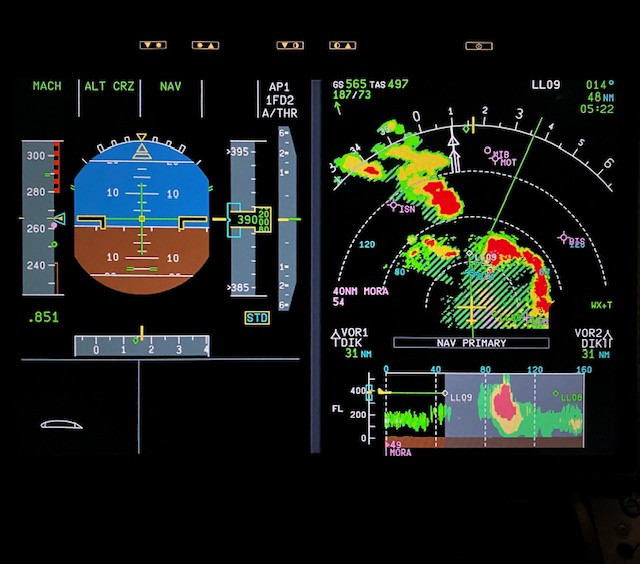The question of whether a commercial plane can fly over a hurricane is a common one, especially during hurricane season. The simple answer is yes, commercial aircraft can technically fly over a hurricane, but the reality is far more nuanced and focused on safety and avoidance. Airlines and air traffic control prioritize rerouting flights to ensure passenger safety and comfort, completely avoiding the dangerous conditions within and around these powerful storms.
Hurricanes, also known as typhoons or cyclones depending on the region, are massive storm systems characterized by intense low-pressure centers, strong winds, and heavy rainfall. They form over warm ocean waters and are a significant weather phenomenon from June to November, peaking in August. Unlike typical thunderstorms that pilots routinely navigate around, hurricanes present a much larger and more sustained threat due to their size, intensity, and longevity. Even a Category 1 hurricane can span hundreds of miles and pack winds exceeding 74 mph (119 km/h).
Strategic Storm Dodging: How Pilots Navigate Severe Weather
During flight planning and execution, pilots and flight dispatchers work together meticulously to avoid turbulence and severe weather. Modern aircraft are equipped with sophisticated weather radar systems that play a crucial role in storm avoidance. These radar systems display different intensities of precipitation and turbulence, often using color codes like green, amber, and red to indicate increasing severity. Pilots are trained to navigate around these areas, particularly the red zones which signify the most intense conditions.
The radar screen uses a “hatched” pattern to indicate convective clouds that a flight might pass over. While flying above these clouds might seem like a direct solution, even overflying can lead to light turbulence known as “chop.” Therefore, the primary strategy is to circumvent the storm system altogether. By carefully analyzing weather forecasts and real-time radar information, pilots can choose flight paths that steer clear of the hurricane’s path, ensuring a smoother and safer journey for passengers. Avoiding the green, amber, and especially red areas on the radar display is paramount for passenger comfort and safety.
For a deeper understanding of the technical aspects of turbulence and storm avoidance, resources like articles from pilot communities and aviation publications offer further insights into these procedures.

Airline Preparedness for Hurricane Season
Airlines operate extensive hub-and-spoke systems, with major hub airports in large cities connecting passengers to numerous destinations. Hurricanes pose a significant threat to these hubs. If a hub airport is impacted by a hurricane, the disruption can ripple through the entire airline network, leading to flight cancellations, delays, and logistical challenges for passengers and cargo operations. Recovery from a hurricane strike on a major hub can take days to normalize.
Beyond passenger inconvenience, severe weather events impact all aspects of airline operations. Flight dispatchers, crew schedulers, and maintenance teams work tirelessly to minimize disruptions and restore flight schedules as quickly and safely as possible. Flight crews themselves must be flexible, as their schedules are often subject to change during these periods of operational instability.
During severe weather, it is crucial for passengers to stay informed through official airline communication channels and be prepared to adjust travel plans as needed. Pilots and airlines operate under strict safety protocols, including adhering to Temporary Flight Restrictions (TFRs) and monitoring Notices to Air Missions (NOTAMs) issued by aviation authorities like the FAA in the U.S. These regulations and advisories are dynamic and updated frequently during emergency situations to ensure safe airspace management. Pilots utilize electronic flight planning tools and services like VFR Flight Following to maintain situational awareness and receive real-time updates.
Severe weather, including hurricanes, remains the leading cause of flight delays. During hurricane season and year-round, a dedicated team of aviation professionals – from meteorologists and dispatchers to pilots and ground crew – works diligently to ensure passengers reach their destinations as safely and efficiently as possible by proactively avoiding hazardous weather conditions.